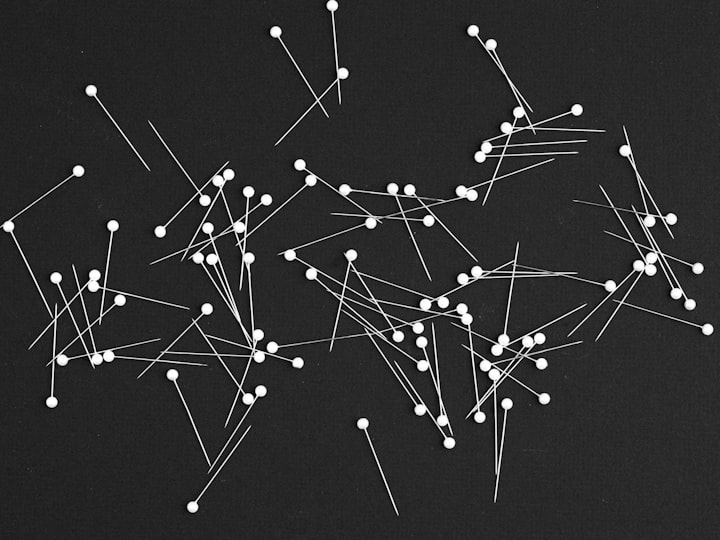Artificial Intelligence 4
Neural Networks

Neural networks are a type of machine learning algorithm that is modelled after the structure and function of the human brain. They are used in a wide range of applications, from image and speech recognition to natural language processing and predictive analytics.
At its core, a neural network is made up of layers of interconnected nodes, or neurons, that process and transmit information. The first layer of neurons receives input data, such as an image or a text document. The following layers perform increasingly complex computations, using the information from the previous layer as input.
Each neuron in the network applies a mathematical function to its input, producing an output value. The output of each neuron is then passed on as input to the next layer until the final layer produces the network's output.
The power of neural networks lies in their ability to learn and adapt to new data. During the training process, the network is fed a set of labelled examples, and the weights and biases of the neurons are adjusted to minimize the difference between the predicted output and the true output.
There are many different types of neural networks, each designed for a specific type of task. Some common types include feedforward networks, recurrent networks, and convolutional networks.

Feedforward networks are the simplest type of neural network, with a series of input and output layers and one or more hidden layers in between. They are commonly used for classification tasks, such as identifying objects in an image or predicting the likelihood of a customer making a purchase.
Recurrent networks, on the other hand, have connections between neurons that allow information to flow backwards in time. This makes them well-suited for tasks that involve sequential data, such as speech recognition or natural language processing.
Convolutional networks, meanwhile, are designed to process images and other two-dimensional data. They use filters that scan across the input data, identifying patterns and features that are then used to make a prediction or classification.
Neural networks have seen tremendous advancements in recent years, thanks in large part to the development of deep learning techniques. Deep learning involves the use of neural networks with many layers, which allows them to learn increasingly complex representations of data.
One key application of neural networks is in image recognition. Convolutional networks, in particular, have achieved impressive results in tasks such as object detection and facial recognition. This has led to the development of many real-world applications, such as self-driving cars and security systems.

Another area where neural networks have shown promise is in natural language processing. Recurrent networks are especially effective in tasks such as language translation and text generation. This has led to the development of chatbots and other applications that can understand and respond to human language.
Despite their power, neural networks are not without their limitations. One challenge is the need for large amounts of labelled data to train the network. This can be time-consuming and expensive, especially in domains where data is scarce or difficult to obtain.
Another challenge is the interpretability of neural networks. Because the computations are distributed across many layers of neurons, it can be difficult to understand how the network arrived at a particular output. This is a concern in applications such as healthcare and finance, where decisions based on neural networks can have significant consequences.

To address these challenges, researchers are developing new techniques for training and interpreting neural networks. One promising approach is the use of adversarial training, where the network is trained to be robust to small perturbations in the input data. Another approach is the use of explainable AI techniques, which aim to provide insights into how the network arrived at its output.
In conclusion: Neural Networks are a powerful and versatile tool for machine learning and artificial intelligence. With their ability to learn from data and adapt to new tasks, they have the potential to revolutionize many industries and transform the way we live and work.





Comments
There are no comments for this story
Be the first to respond and start the conversation.